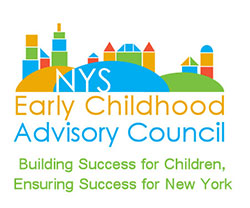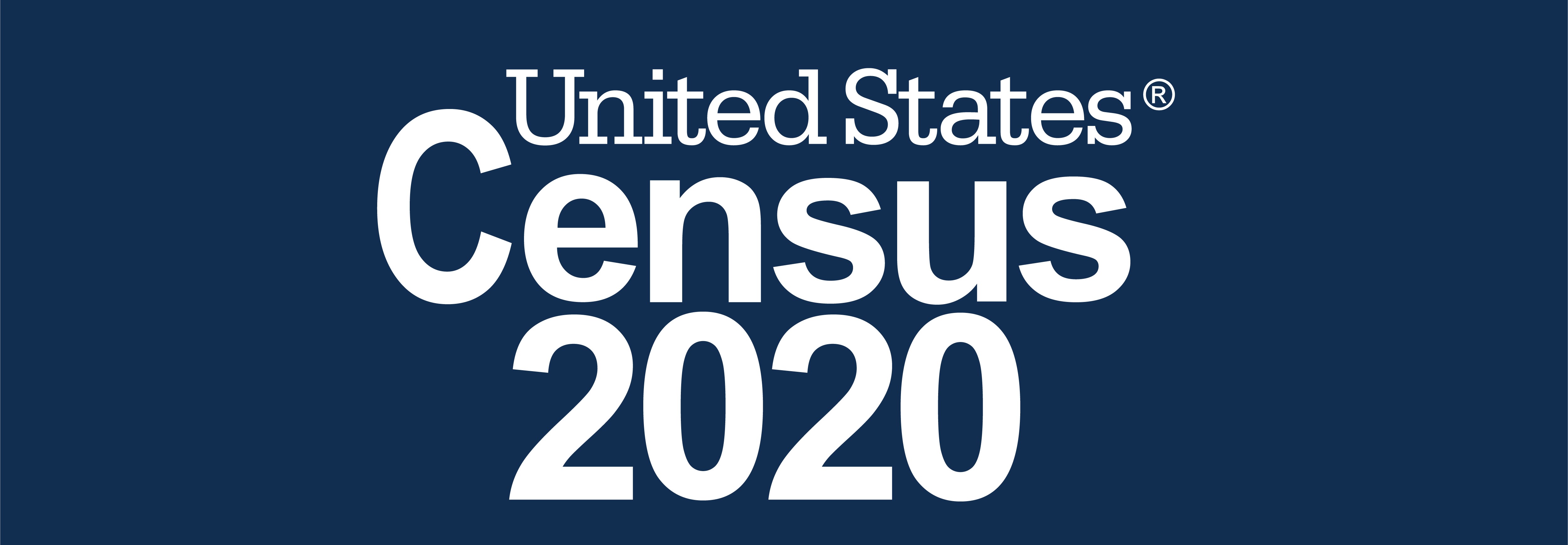Name of Initiative: United States 2020 Census
Interview with: Cate Bohn, New York Kids Count Director at the Council on Children and Families,
Colette Labrador, Census Project Director, City University of New York,
Faith Lamb Parker and Lisa Bernstein, authors of WE COUNT! as members of the Simply Put team, a social impact nonprofit organization that creates books, media and programming with, and for traditionally neglected or marginalized communities
Regions served: The United States
Population served: The U.S. Population
Funding: Federal funding
About the 2020 Census:
The Census occurs every 10 years. The goal of the 2020 Census is to achieve a complete and accurate count of everyone living in the United States and its five territories.
Contact:
Email: alice.blecker@cuny.edu
Website: WeCountKids.org/ and My2020Census.gov
Interview:
Since January local, state and federal organizations have come together to count all young children in the 2020 Census. In the 2010 Census young children (defined here as zero to eight) were of one of the most vastly undercounted groups. Cate Bohn explains that this issue is not new: “The undercount of young children has been recorded since the Census in the 1980s and each decade since it has been a persistent problem. Many families do not know that their young are to be included in their Census form” while others have not had access to comprehensive information and resources that were culturally and linguistically responsive.
The effects of this undercount are far reaching. Colette Labrador explains that “If a child is three in 2020 and they are not counted in the Census, for the next 10 years (until the child turns 13), their community will not receive federal resources for that child. In that time they could potentially use a number of federally funded programs like Section 8 Housing, Head Start, Special Education, or Foster Care Title IV-E. Therefore the impact of not counting that young child could be significant.” Cate Bohn elaborates, stating that “The Census is part of the data we use to allocate funding from the federal level. This data impacts school nutrition and meals, it impacts hospitals and clinics, it impacts things as simple as road maintenance and bridge repair. The Census data and how they distribute that funding impacts all aspects of our lives and communities.”
In addition to determining federal funding, the Census also plays a large role in our democratic system. Colette Labrador speaks to this impact: “If communities are undercounted they will not receive the representation, for example in the U.S. House of Representatives and the Electoral College, that they deserve.” She goes on to explain that “Many of the communities that are undercounted in the Census are also those communities that are underrepresented in Congress. If we want to make sure low income communities and communities of color have access to power in the Federal and State Governments, then we want to make sure that we know how many people are in a particular census track, neighborhood, and community.” Cate Bohn supports this, stating that “It’s in the constitution that every family is counted. The democracy and civic engagement of our communities is embedded in the Census.”
In order to meet this need and get out the count for families with young children in the 2020 census, Lisa Bernstein and Faith Lamb Parker co-authored “WE COUNT!” a dynamic culturally responsive tool to teach young children and their care givers about the Census. When speaking to the inspiration behind their work, Lisa states that “We created this because we found that information for marginalized, traditionally disenfranchised families is often simplistic not simple, didactic, and/or boring. The lack of authenticity is noticeable.” Faith echoes this, adding that “People are interested when something is interesting and beautiful.”
In order to develop this resource, Faith and Lisa engaged in community based research. Faith explains that this method was foundational to their work: ‘When engaging in community based research you are not exploiting the community but rather partnering with the community so they have a say in what the questions are and how the work is framed. Every step of the way we collaborated with a group to inform how we moved. We had representatives from every organization we could find related to early childhood, health, and service providers, as well as representative parents from each participating organization.” Lisa explains how this informed the design of the book: “Our work is rooted in equity and authenticity. It was important to us that each of the artists who illustrated the book came from the community that they were drawing. We wanted the book to be representative.”
In addition to being a children’s book, “WE COUNT!” functions as a multigenerational resource. Faith explains that “You can read the whole thing as a children’s book, but at the same time every page informs parents about the Census. It’s not a children’s book; it’s a children’s book for parents to learn about the Census.” Lisa explains that “Our overall goal is to delight people, children and adults, and make them feel that they count. We have, therefore, been selling these books at cost in order to distribute as many as possible around the country.”
In working towards a full count of young children in the 2020 census, Cate Bohn looks at New York State (NYS) specifically: “NYS has really led the way in challenging this administration on the Census changes and challenges that they have put forward, stirring both fear and confusion and impacting logistics around the changing deadline. It would be great if we could really have a good count in New York despite all these challenges. Please put the Census in your email signature, send out a few tweets, and make sure your friends, neighbors and community members have also filled out the Census.” When asked what the most central to remember about the Census, Colette Labrador asserts that “There are many forms of civic participation, and this is one very concrete thing people can do. The Census is important, it’s safe, it’s confidential, it’s easy, and it only takes 10 minutes.”

